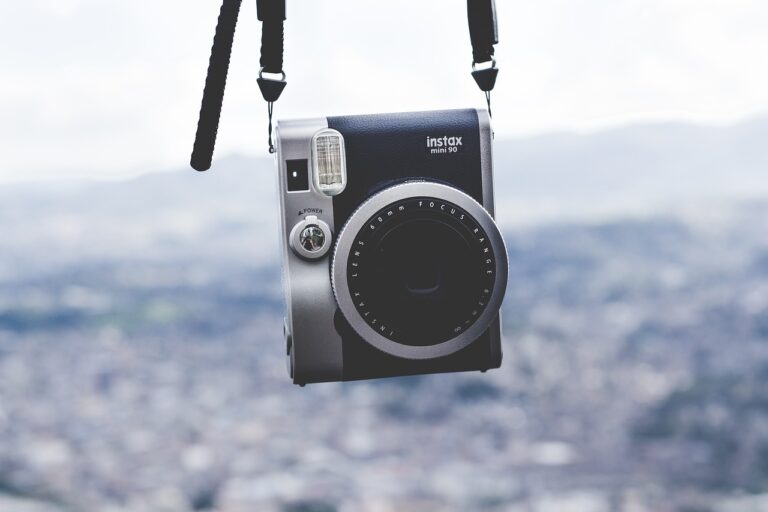The Role of Tech in Wildlife Conservation and Protection
Wildlife conservationists often encounter the formidable challenge of habitat loss and degradation. As human populations grow and expand, natural habitats are increasingly being converted for agricultural, industrial, and urban development. This fragmentation and destruction of ecosystems threaten the survival of many species, pushing them towards endangerment and extinction.
Another significant challenge faced by wildlife conservationists is poaching and illegal wildlife trade. Despite international efforts to combat these activities, poachers continue to target vulnerable species for their skins, horns, tusks, and other body parts. The illegal wildlife trade not only decimates populations of endangered species but also fuels criminal networks and threatens the delicate balance of ecosystems. The fight against poaching requires continuous vigilance and cooperation between conservationists, law enforcement agencies, and governments.
• Habitat loss and degradation due to human expansion
• Fragmentation and destruction of ecosystems threatening species survival
• Poaching and illegal wildlife trade as a significant challenge
• Continued targeting of vulnerable species for body parts
• Illegal wildlife trade fueling criminal networks and disrupting ecosystems balance
• Need for continuous vigilance and cooperation in the fight against poaching
Advancements in Tracking and Monitoring Technology
Wildlife conservationists have significantly benefited from the continuous advancements in tracking and monitoring technology. These technological innovations play a crucial role in enhancing the efficiency and accuracy of data collection in various conservation efforts. For example, the use of GPS collars on animals helps researchers track their movements in real-time, providing valuable insights into their behavior and habitat preferences.
Another notable advancement is the development of camera traps equipped with motion sensors, enabling conservationists to monitor wildlife populations without human interference. These remote cameras have revolutionized the way researchers study elusive species and assess the effectiveness of conservation initiatives. By capturing images and videos of wildlife in their natural habitats, camera traps offer a non-intrusive method of gathering data essential for informed conservation planning and decision-making.
Use of Drones in Wildlife Conservation Efforts
Drones have become a valuable tool in the realm of wildlife conservation. These unmanned aerial vehicles provide researchers and conservationists with a bird’s eye view of remote areas, aiding in monitoring and protecting vulnerable animal populations. The ability to capture high-resolution images and videos from above allows for more accurate data collection, facilitating informed decision-making for conservation efforts.
Moreover, drones are particularly useful in surveying hard-to-reach or dangerous terrains where human access is limited. By using drones to conduct aerial surveys, conservationists can efficiently track and monitor wildlife populations without causing disturbance or harm to the animals or their habitats. This innovative technology has revolutionized the way conservation activities are conducted, offering a cost-effective and non-invasive approach to protecting endangered species and ecosystems.
What are some common challenges faced by wildlife conservationists?
Some common challenges faced by wildlife conservationists include limited resources, habitat destruction, poaching, and climate change.
How have advancements in tracking and monitoring technology improved wildlife conservation efforts?
Advancements in tracking and monitoring technology have allowed conservationists to gather more accurate data on animal populations, movements, and habitats, leading to more informed conservation decisions.
How are drones being used in wildlife conservation efforts?
Drones are being used in wildlife conservation efforts for various purposes such as aerial surveys, monitoring of endangered species, anti-poaching patrols, and habitat mapping.
What are the benefits of using drones in wildlife conservation efforts?
Some benefits of using drones in wildlife conservation efforts include increased efficiency, reduced costs, safer monitoring of dangerous animals, and minimal disturbance to wildlife.
Are there any limitations to using drones in wildlife conservation efforts?
Some limitations to using drones in wildlife conservation efforts include limited battery life, weather constraints, regulatory restrictions, and the need for skilled operators.





